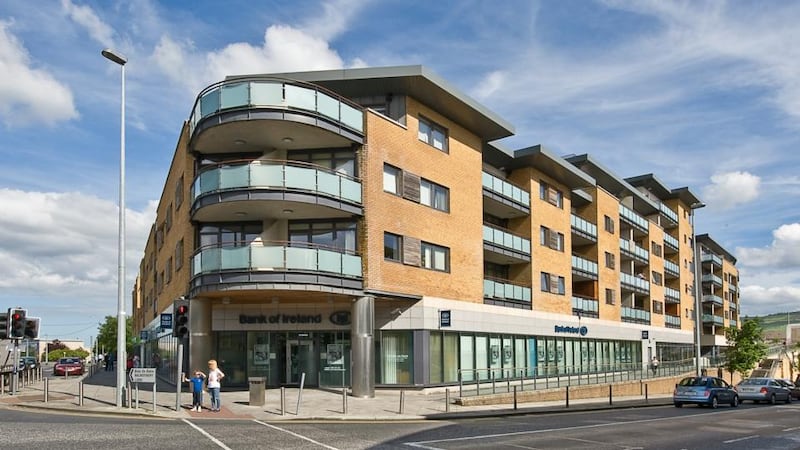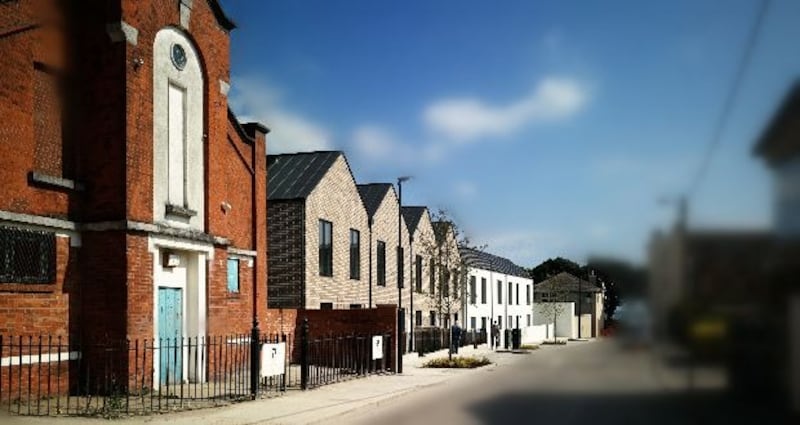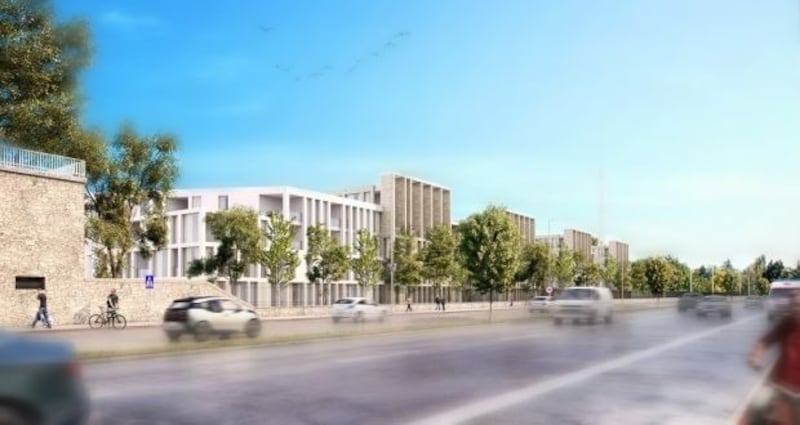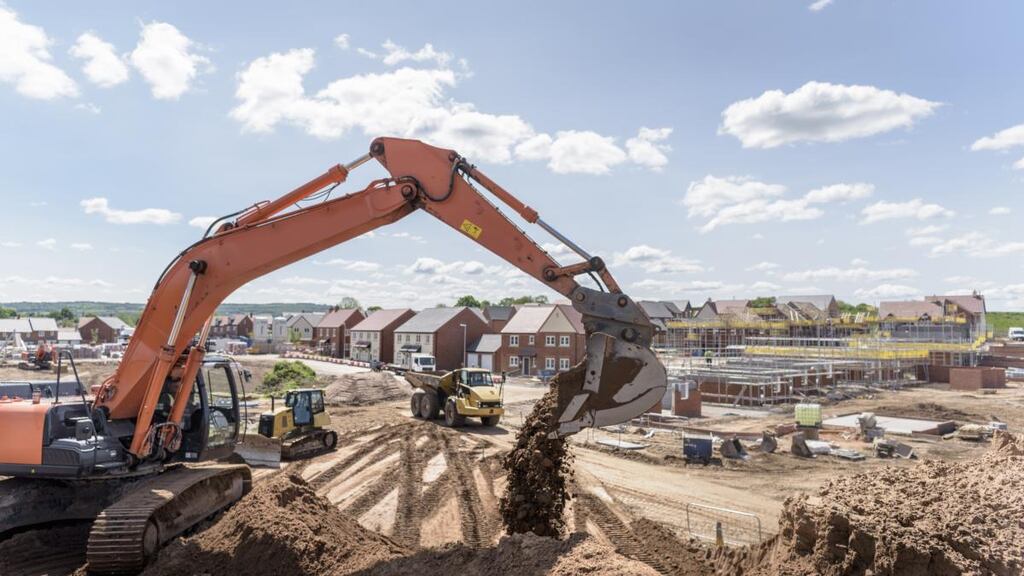While the politicians make promises on housing, the country’s developers delivered a 10-year high of 21,241 new homes in 2019, according to the latest figures from the Central Statistics Office. The number still falls short, though, of the 34,000 units the Central Bank estimates will be required every year between now and 2030 to meet future demand.
It’s still a figure that should be welcomed however, representing as it does an 18.3 per cent increase on the 17,952 new homes built in 2018, and an exponential jump on the 4,575 units that came on stream at the low point of the recession in 2013.
But while the impact of this growth in supply would have been relatively easy to interpret in the years prior to the financial crash, the market is an altogether different animal now thanks in large part to the combination of the Central Bank’s mortgage lending restrictions, the rapid rise of the private rented sector (PRS), and the involvement of approved housing bodies in the delivery of social housing.





Where in the past first-time buyers would have had banks and building societies competing for their business, the tables have now been turned as lenders are required to limit mortgages to a strict ratio of 3½-times the borrower’s annual income.
While the measure is of course well-meaning, and there to protect people from overborrowing and the all-too-familiar impact of negative equity in the event of an economic downturn, it has had other unintended and negative consequences for the residential market in Dublin, which in turn have led to a noticeable bounce in activity in the commuter counties of Kildare, Meath and Wicklow.
For those who want to live in the capital, it’s a case of having deeper pockets whether buying or renting. In terms of the market for new houses in Dublin, developers continue to focus on the delivery of luxury schemes geared towards higher earners, thanks in no small part to the spiralling costs of land and construction. And when it comes to the sales of new apartments, the financial firepower of institutional investors has all but eliminated the ability of individual buyers to take what for many used to be a first step on the city’s property ladder. For the developers, it’s a proverbial no-brainer to offload an entire apartment block to an investment fund in advance of its construction, rather than wait and hope for the units to sell one by one over a period of one to two years to mortgage-dependent owner-occupiers.
Build-to-Rent
The sheer strength of the capital’s Build-to-Rent (BTR) market is borne out in the latest report on the sector from agents Hooke & MacDonald. According to its analysis, some €2.36 billion was invested in the private rented sector (PRS) last year – a 150 per cent increase on the €930 million spent on the sector in 2018.
Of the residential investments offered for sale in Dublin in 2019, eight were new-build, comprising 3,115 units and 16 were existing stock comprising 1,066 units. Among the notable PRS deals in 2019 were the Cosgrave Group’s sale of 214 apartments at the Fairways, Cualanor, Dún Laoghaire to German investor DWS for €108 million, Ballymore and Oxley’s €175.5 million sale of 268 apartments at Dublin Landings in the city’s north docklands to Greystar, and Marlet’s sale of 166 apartments at Mount Argus in Harold’s Cross, Dublin 6W to German investor Patrizia Immobolien for €93 million. Patrizia also acquired the Benson Building in Grand Canal Dock, paying €52.5 million.
But while there are those who fear the seemingly-relentless rise of the private rented sector will, in time, put paid to home ownership in Dublin and other main cities, Hooke & MacDonald’s report finds that it too is starting to experience restraining factors including the cost and complexity of apartment development, the cost of sites, construction and finance, as well as levies and taxes for new construction. New increased water charges and a delay in supply of water are also emerging as additional impediments for many sites, the report states.
Dublin’s difficulties have unsurprisingly proved to be opportunities for developers of more affordable new-home schemes in the ever-expanding commuter belt.
This was reflected as recently as last week in an analysis by the Irish Times-owned property website, MyHome.ie, of the sales recorded on the Property Price Register for the first half of 2019. It found that while Dublin’s residential market effectively stalled last year with the overall sale of new and secondhand homes falling by 2.2 per cent to 18,247, the number of transactions recorded in surrounding counties such as Wicklow, Kildare, Louth, Laois and Meath grew significantly.
In Wicklow, residential property sales rose by over 21 per cent, while in Westmeath they were up by 12 per cent. The report found that eight Leinster counties recorded increases of at least 5 per cent in the number of sales compared with 2018.
Angela Keegan, managing director of MyHome.ie, said that the analysis confirmed a trend of significant activity in commuter counties.
“We knew from our analysis of the Property Price Register for the first half of 2019 that activity in commuter counties was sharply rising, and our analysis this time round proves that this trend continued throughout the year.
“The affordability of properties in the counties around Dublin is proving to be extremely popular especially with first-time buyers who are constrained due to the Central Bank’s mortgage lending rules,” she said.
Wherever new homes are available in 2020, the continued strong performance of the Irish economy has led Davy chief economist Conall MacCoille to predict that banks will lend €9 billion to home buyers this year.




















